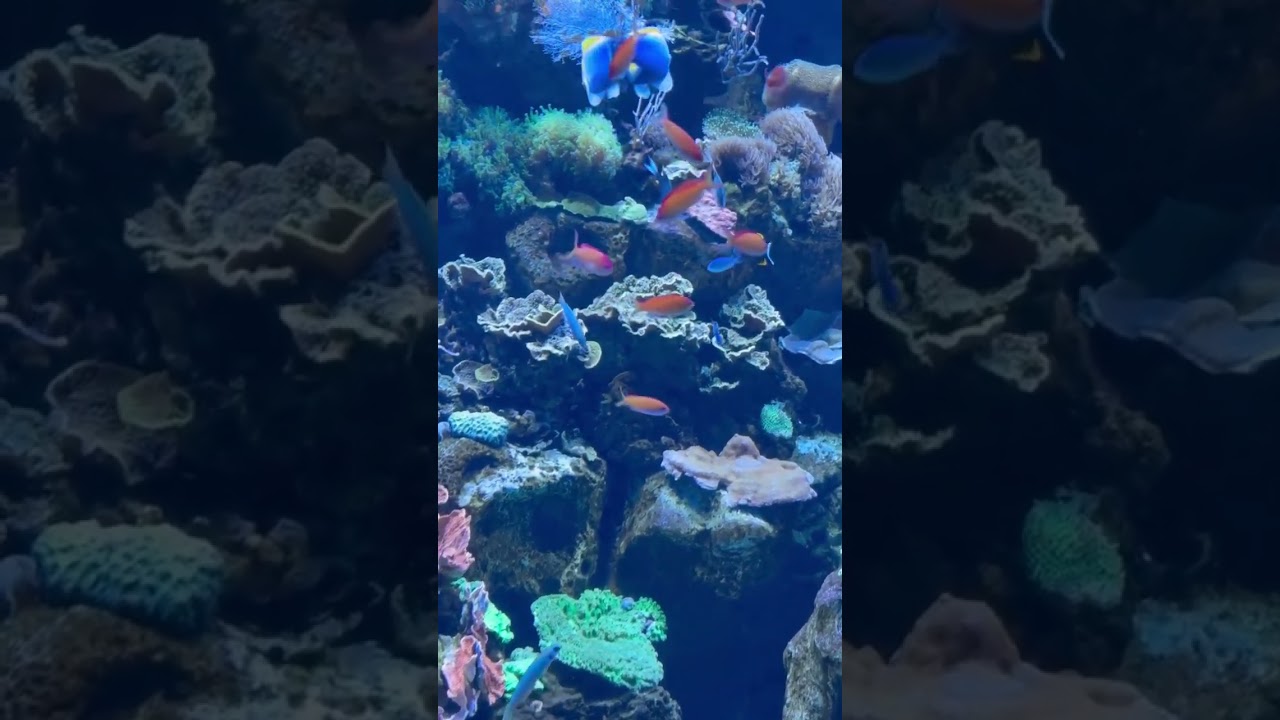- Understanding the behavior of animals swimming in circles: exploring causes and implications.
- The role of zoo management in addressing and mitigating such behaviors.
- Conservation strategies to enhance the well-being of animals exhibiting these patterns.
- The importance of environmental enrichment as a solution.
- The significance of interdisciplinary research in understanding and managing animal behavior.
Animal behavior, particularly repetitive actions like swimming in circles, has intrigued researchers and wildlife enthusiasts alike. Understanding why animals exhibit such behaviors requires a multi-faceted examination of environmental, physiological, and psychological factors.
One primary cause of circular swimming in captive animals could be stress or inadequate habitat. When animals are confined to spaces that do not adequately replicate their natural habitat, they may develop repetitive behaviors. These behaviors, known as stereotypies, can indicate mental distress. Animals confined to enclosures that lack appropriate stimuli might swim in circles as an outlet for pent-up energy or anxiety. Thus, understanding and replicating natural habitat conditions as closely as possible is critical.
Additionally, neurological or health issues may contribute to this behavior. Conditions such as vestibular problems or brain lesions could result in an animal involuntarily swimming in a circular pattern. Investigating these potential causes requires veterinary expertise and a robust understanding of specific species’ health profiles. Consequently, zoo management teams should prioritize regular health assessments and tailor care plans to the unique requirements of each animal.
Effective zoo management plays a pivotal role in addressing animal behaviors like swimming in circles. This includes designing enclosures that provide sufficient space and complexity to mirror natural environments. Enclosures should incorporate elements that stimulate an animal’s physical and cognitive functions. This can reduce boredom and encourage natural behaviors, thus potentially mitigating stereotypical actions.
Management must also ensure that animals receive proper social opportunities. Many species thrive in social structures, and isolation may exacerbate stress-induced behaviors. Implementing social enrichment strategies like group housing or controlled interactions can significantly contribute to an animal’s well-being.
Moreover, conservation strategies must focus on enhancing welfare through science-backed practices. Conservationists and zoo managers must collaborate to ensure that the physical and mental health of animals is prioritized. This collaboration may involve behavioral studies to understand better and address the specific needs of each species. Any insights gained can aid in developing comprehensive care protocols that foster well-being and minimize negative behavior patterns.
Environmental enrichment is essential in mitigating repetitive actions such as swimming in circles. By introducing dynamic elements into habitats, like novel objects, varied terrain, or interactive feeding systems, zoos can stimulate animals’ natural instincts and challenge their problem-solving abilities. Such enrichment not only helps prevent stereotypies but also enhances the quality of life for captive animals.
In addition to physical enrichment, sensory stimulation through auditory, olfactory, and visual stimuli can engage an animal’s senses, fostering a more enriching and varied environment. These tactics are particularly effective in zoos and rehabilitation centers where maintaining animal mental health is crucial.
The quest to fully understand and manage behaviors like swimming in circles requires interdisciplinary research. Collaboration among zoologists, veterinarians, psychologists, and conservationists is vital to develop holistic insight and innovative solutions. Research must be ongoing, and findings should be integrated into zoo management practices consistently.
Advancements in technology, such as video monitoring and data analysis, offer powerful tools to study animal behaviors in detail. By utilizing these tools, researchers can identify patterns and correlations that might not be apparent otherwise, providing more data-driven insights into animal well-being.
Ultimately, striving for the highest standards in animal care and welfare involves an unwavering commitment to education and professional development among zoo staff. By keeping abreast of the latest research and innovations in animal husbandry and welfare, zoos can create environments where animals can thrive and demonstrate natural behaviors.
In conclusion, addressing the phenomenon of animals swimming in circles involves understanding the multifaceted interactions between an animal’s environment, health, and psychological needs. Through dedicated zoo management, focused conservation strategies, comprehensive enrichment programs, and collaborative research efforts, zoos and conservationists can significantly improve the well-being of animals and foster environments that encourage natural and healthy behaviors.
*****
Source Description
This circular dancing behavior can be a sign of potential courtship and breeding. If these powder blue tangs decide to pair up, they are monogamous.


